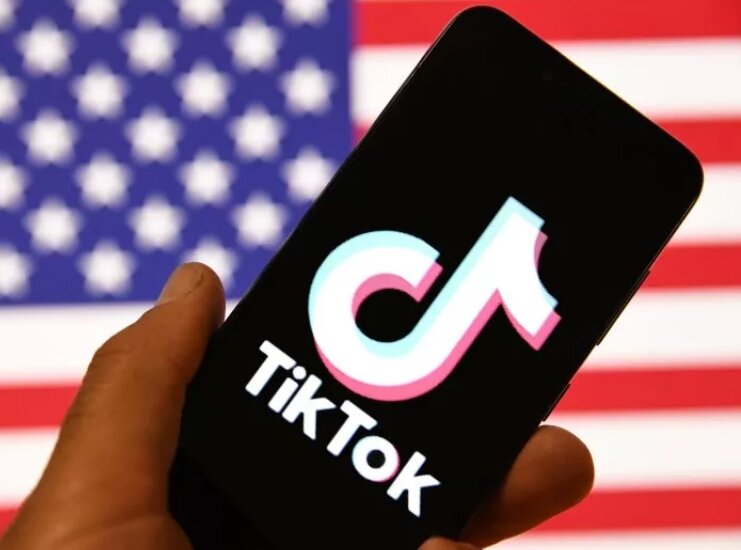In the rapidly evolving landscape of social media, TikTok is emerging as a central tool for political campaigns in the 2024 election, with Vice President Kamala Harris at the forefront. Her viral moments and rapidly growing follower base on TikTok underscore the platform’s influence and its potential to shape election outcomes. This mirrors the pivotal roles that Facebook and Twitter played in the elections of Barack Obama in 2008 and Donald Trump in 2016, respectively.
An American TikTok influencer with over 4 million followers shared, “The platform’s power to amplify voices and ideas is undeniable.” TikTok stands out as a unique space for both personal expression and business development, allowing users to connect with expansive audiences. Yet, the potential ban or mandatory sale of TikTok is stirring serious concerns about the future of this influential platform and its role in digital communication.
Social media has evolved significantly over the years, from Facebook’s initial focus on friend connections to Instagram’s rise as a hub for influencer culture. TikTok has taken this evolution a step further by prioritizing virality and exploration over familiarity. Its “For You Page” (FYP) has revolutionized how we discover and interact with content, making it easier for users to engage with new and diverse perspectives.
This shift towards short-form video content has prompted other platforms to adapt. Instagram introduced Reels, YouTube launched Shorts, and Snapchat created Spotlight, all in response to TikTok’s success. These changes reflect a broader cultural trend towards craving constant newness and easily digestible entertainment in an increasingly complex world.
Regardless of TikTok’s fate, its impact on content creation and social media dynamics is undeniable. The platform has reshaped how we connect, consume, and create, setting a new standard for digital interaction. As we move forward, TikTok’s legacy will continue to influence the ways we engage with content and each other in the digital age.

